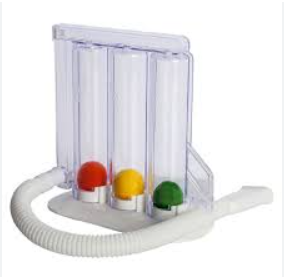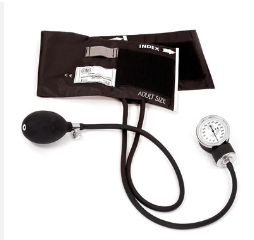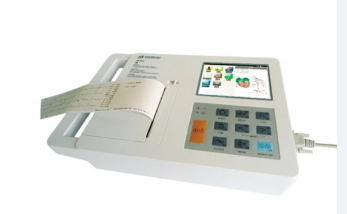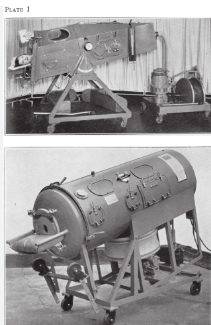HISTORY MEDTECH IN GLOBAL CONTEXT
1/32
There's no tags or description
Looks like no tags are added yet.
Name | Mastery | Learn | Test | Matching | Spaced |
|---|
No study sessions yet.
33 Terms
Heinemann
Application of the principles of physical, natural and biological sciences
Fagelson
Concerned with the performance of laboratory determinations and analyses used in diagnosis and treatment of disease
Walters
The health profession concerned with performing laboratory analyses in view of obtaining information necessary in the diagnosis and treatment of disease.
R.A. 5527
Auxiliary branch of laboratory medicine deals with the examination of tissue, secretion, and excretion of the human body and body fluids by various medical laboratory oricedures that will aid the physician in the diagnosis study, and treatment of diseases.
(Porter 1996)
Disease was viewed with mystery and was a common occurence that claimed many lives
Reiser and Anbar, 1984
The disease was caused by negative interaction between environmental elements and body fluids
Hippocrates
Father of Medicine
Formulated the Hippocratic Oath
The Four Humors
Blood, Phlegm, Y bile, B bile
appearance of bubbles, blood and puss is urine indicates a
kidney disease and chronic illness
Who is a person who described ‘diarrhea of urine’
Galen
Uroscopy was widely practiced in
medieval europe
on what year the first book detailing the characteristics of urine was written?
900 AD
11th century
medical practitioners were not allowed to conduct physical examination of the patient’s body
18th century
Mechanical techniques and cadaver dissection were used to provide a more objective and accurate diagnosis.
Physician’s touch was extremely helpful in providing more objective and accurate treatment for illness, which is why most general population during this period was reluctant to allow any doctors to physically examine them
19th century
Machines were used in diagnosis

Spiromenter
John Hutchinson

Sphygmomanometer
Jules Herissons
Breakthrough in medical technology (SOLX)
stethoscope
ophthalmoscope
laryngoscope
X-ray
Stethoscope (1816)
Rene Laennec, French
Microscope (1840)
Antonie can Leuwenhoek
Ophthalmoscope (1850)
Hermann von Helmholtz, German
Laryngoscope (1855)
Manuel Garcia
X-ray (1859)
Wilhelm Roentgen, discovered by accident a radiation could pentrate solid objects of low-density

Electrocardiograph (1903)
William Einthoven
Kenny Method (1901)
Devised by Elizabeth Kenny in the treatment of Polio

Drinker Respirator (1927)
Philip Drinker
Heart-Lung bypass (1939)
John Gibbon
Cardiac Catheterization and angiography
1941
University of Pennsylvania’s Wiliam Pepper’s Laboratory
What university was opened in Pennsylvania?
1918
John Kolmer published ‘The Demand for and Training of laboratory technicians’. Pennsylvania enacted the law requiring all hospitals and institutions to have a fully-equipped laboratory
1920
Large laboratories directed by physicians: 5 DIVISIONS
1922
American Society for Clinical Pathology was founded. Encouraging the cooperation between physicians and clinical pathologist
1950
Medical technologists in the US sought professionals’ recognition from the government of their educational qualifications through licensure laws.